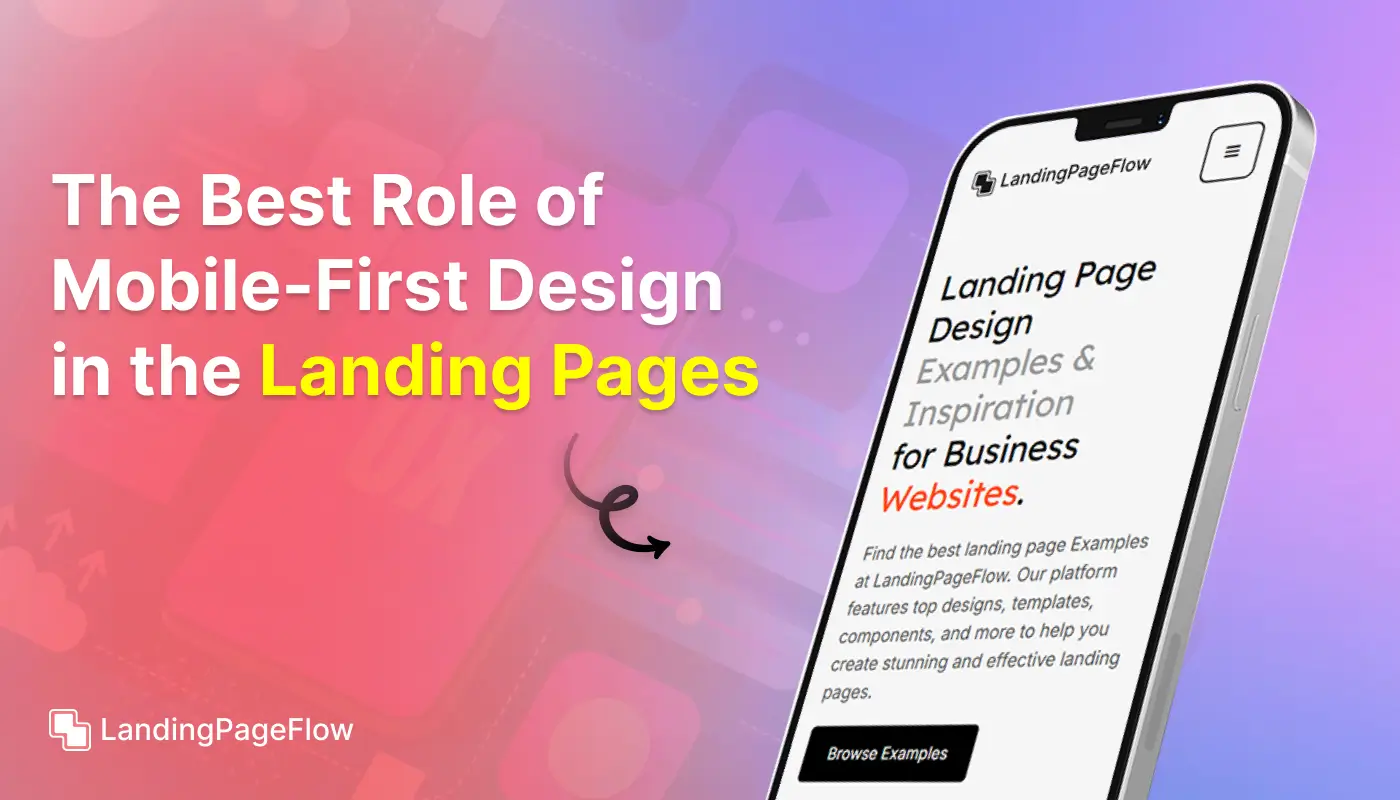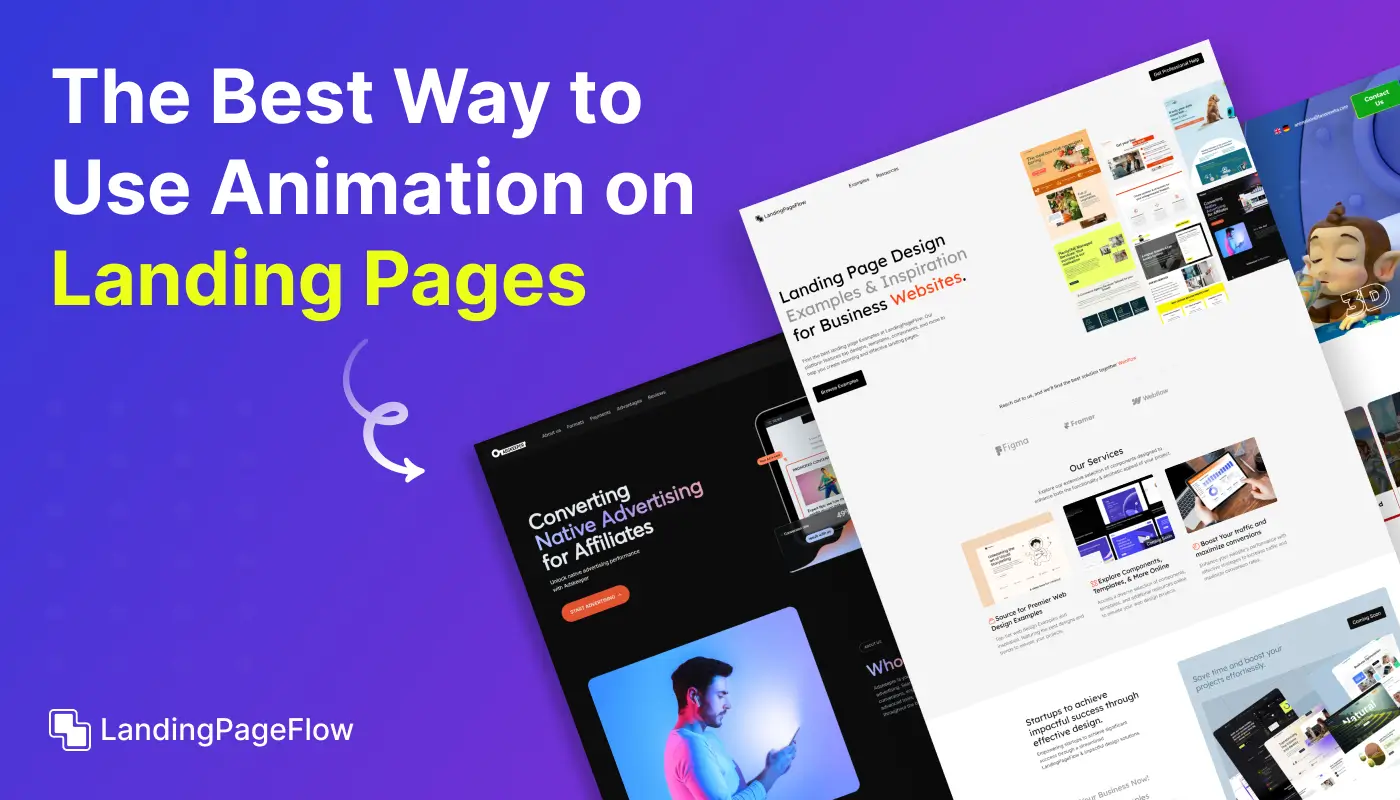The Future of Web Design | Single Landing Pages Explained

August 20, 2025
Modern web design continues to evolve as businesses seek ways to simplify user experiences and increase conversions. Single landing pages have become a powerful solution for brands wanting clarity and direct communication.
Instead of overwhelming visitors with multiple options, single-page layouts guide them through a focused journey. This helps reduce distractions while keeping attention fixed on one primary action.
Designers are increasingly using these pages to create strong narratives. A single flow of content builds momentum and encourages visitors to engage more deeply.
From mobile responsiveness to speed optimization, single landing pages are built for today’s fast-paced browsing habits. Businesses can connect faster and more effectively.
This strategy works for startups, e-commerce brands, and service-based businesses alike. Each can benefit from simplifying their funnel while maximizing conversions.
"Struggling to make landing pages work?
Claim your free strategy guide now & design with confidence for better conversions."
Table of Contents
- What is a Single Landing Page?
- Why Single Landing Pages are Shaping the Future of Web Design
- Key Components of an Effective Single Landing Page
- Best Practices For Designing Single Landing Pages
- Examples of Successful Single Landing Pages
- Tools For Creating Single Landing Pages
1. What is a Single Landing Page?

A single landing page is a standalone webpage that focuses on a singular objective—whether it’s capturing leads, promoting an event, or launching a new product.
Unlike traditional websites with multiple pages and menus, a single landing page condenses everything into one cohesive page.
Users scroll through different sections instead of clicking through several links.
These pages work particularly well for targeted campaigns, as they limit distractions and provide users with exactly what they need to take action.
With a single message and a clear call-to-action (CTA), they guide visitors toward conversion.
2. Why Single Landing Pages are Shaping the Future of Web Design?

Single landing pages are becoming more relevant due to evolving user behavior and advancements in web design technology. Here are key reasons why this trend is shaping the future:
1. Seamless Mobile Experience
Mobile users prefer quick, simple navigation. A scrollable page allows them to access all the relevant content without clicking through multiple links.
2. Focused User Journey
Single landing pages remove unnecessary elements that could distract visitors. With fewer options, users are more likely to complete the intended action.
3. Faster Load Times
Since single landing pages have fewer elements than multi-page websites, they load faster, improving user experience and SEO.
4. Ideal for Targeted Campaigns
For limited-time offers or product launches, single landing pages are perfect. They allow businesses to communicate a concise message without overwhelming the audience.
5. Cost-effective and Easy to Manage
Single landing pages are easy to develop, maintain, and optimize, making them a cost-effective solution for marketers and small businesses.
3. Key Components of an Effective Single Landing Page

A well-designed landing page includes several essential elements that work together to capture attention and encourage action.
1. Hero Section
- A striking headline and a brief value proposition that explain the purpose of the page.
- A high-quality visual or background video to engage visitors instantly.
2. Clear Call-to-Action (CTA)
- The CTA button (e.g., “Sign Up Now” or “Start Free Trial”) should be easy to spot and placed prominently.
- Use action-oriented language to encourage clicks.
3. Social Proof
- Testimonials, customer reviews, or statistics build trust and credibility.
- Logos of well-known clients or media mentions can enhance reliability.
4. Product or Service Highlights
- Brief, easy-to-understand descriptions of features or benefits.
- Use bullet points and visuals to break down information.
5. Visual Appeal
- Clean design with ample whitespace to avoid clutter.
- Consistent color schemes and typography that align with the brand.
6. Contact Information or Chat Option
- Provide a way for visitors to reach out if they have questions.
4. Best Practices For Designing Single Landing Pages

1. Keep It Simple and Focused
Eliminate unnecessary elements that could confuse users. Each section should lead logically to the next, building toward the CTA.
2. Optimize for Mobile
Ensure your page is fully responsive and provides an excellent user experience on all devices. A mobile-first design strategy is essential for modern landing pages.
3. Use Visual Hierarchy
Arrange content to highlight the most important elements first, such as the headline and CTA. Use larger fonts and vibrant colors to draw attention.
4. Test and Optimize
A/B testing is crucial to identify which elements work best. Test different versions of headlines, CTA buttons, and layouts to maximize conversions.
5. Leverage Analytics Tools
Use tools like Google Analytics or Hotjar to track user behavior and identify areas for improvement.
5. Examples of Successful Single Landing Pages

1. Dropbox
Dropbox’s page for personal accounts is a prime example of minimalism. A simple headline and a clear CTA button drive sign-ups effortlessly.
2. Spotify Premium Trial
Spotify’s trial landing page uses a colorful design and a bold CTA, encouraging visitors to sign up within seconds.
3. Airbnb Experiences
Airbnb’s single-page design for “Experiences” relies heavily on visuals, making it easy for users to explore and book unique activities.
4. Squarespace
Squarespace highlights its value proposition with a sleek, scrollable layout and a “Get Started” CTA that’s hard to miss.
6. Tools For Creating Single Landing Pages

Several tools make it easy to build single landing pages without coding knowledge.
- Webflow – Ideal for designers looking for creative control.
- Unbounce – Perfect for marketers needing fast, optimized pages.
- WordPress with Elementor – Great for beginners who want flexibility.
- Canva – Offers easy-to-use templates for non-designers.
- Figma – Excellent for prototyping before going live.
Conclusion
Single landing pages are more than just a trend in web design; they are a strategic shift toward simplicity and focus. Businesses adopting this model often see higher engagement rates and improved ROI.
Brands that streamline their digital presence reduce confusion while strengthening their message. Visitors appreciate being guided through a clear and purposeful experience.
For marketers, this means campaigns can be sharper and more impactful. Each design choice directly contributes to conversions and measurable success. Companies seeking to scale should embrace this approach.
A single landing page can work as a versatile tool for sales, lead generation, or brand storytelling. As technology advances, speed and mobile usability remain non-negotiable factors. Single-page designs naturally align with these evolving expectations.

FAQ
1. Why are single landing pages becoming popular in web design?
They simplify navigation, reduce distractions, and focus attention on one action, making them highly effective for conversions.
2. Do single landing pages work for all types of businesses?
Yes, from startups to e-commerce and service brands, they provide clarity and streamline customer journeys across industries.
3. How do single landing pages improve conversion rates?
By guiding visitors through one narrative flow, they eliminate competing options and encourage focused engagement.
4. Are single landing pages mobile-friendly?
They are naturally suited for mobile because of their simple structure, faster loading, and smooth scrolling design.
5. Can single landing pages support SEO strategies?
Absolutely, optimized content and structured sections can help them rank well while still keeping the user journey concise.
6. What’s the biggest advantage of single landing pages?
The primary benefit is clarity. Every element serves a purpose, ensuring higher impact and stronger customer connections.



















